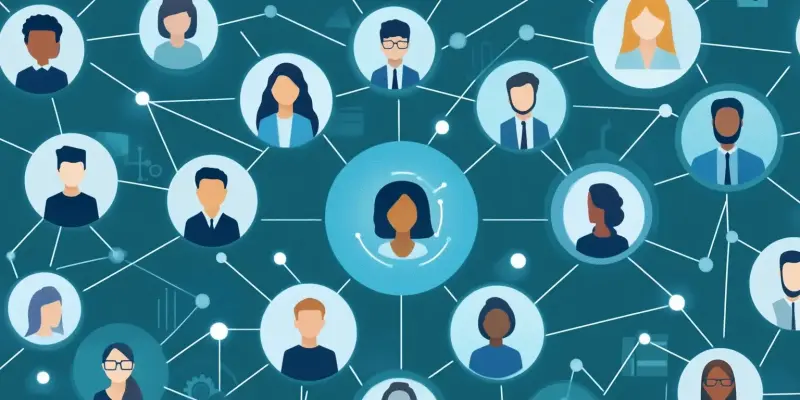The landscape of human resources is undergoing a significant transformation, marked by the growing acceptance and integration of artificial intelligence (AI) into HR operations. Recent data from WorkBuzz’s State of Employee Engagement Report highlights this shift, with 81% of HR professionals expressing their willingness to incorporate AI into their workflows. This figure marks a considerable increase from previous years, pointing towards a more widespread recognition of AI’s potential benefits. This trend raises important questions about the future of HR, blending the promise of technological efficiency with the challenge of maintaining the human touch that defines the field.
Benefits of AI in HR
The growing adoption of AI in HR comes with numerous potential benefits. One of the primary advantages is the streamlining of professional processes, which significantly eases the workload of HR professionals. Automating repetitive tasks such as resume screening and scheduling interviews allows HR teams to focus on more strategic functions. Additionally, AI can deliver deeper insights into employee data, enhancing the ability to make informed decisions. AI’s ability to analyze vast amounts of data in real time provides HR with tools to gain meaningful insights that were previously difficult to obtain.
Moreover, the integration of AI in HR can lead to better personalization of the employee experience. From onboarding to performance management, AI can tailor processes to meet individual needs, thereby increasing engagement and satisfaction. Personalized training programs and customized career development plans can result from such integration, making employees feel valued and well-supported. This not only improves overall employee experience but also boosts retention rates. Therefore, the strategic value AI adds to HR functions is evident, positioning AI as a crucial element in the evolution of human resources.
Concerns and Risks
Despite the clear advantages, several concerns accompany the adoption of AI in HR. One significant issue is the fear of losing the ‘human’ aspect in human resources. As more processes become automated, there is a risk that interactions may become overly mechanical, potentially impacting the quality of employee relationships. Additionally, the rapid integration of AI raises questions about job security within HR departments. Automation could lead to the displacement of certain roles, causing unease among HR professionals about their future prospects.
Another critical concern revolves around data privacy and security. The utilization of AI necessitates the collection and analysis of large amounts of employee data, which, if not handled correctly, could lead to breaches and misuse. Ensuring the protection of sensitive information is paramount and requires stringent safeguards. Lastly, the accuracy of AI-driven decisions, especially in areas like candidate selection, remains a contentious issue. There is a potential risk of biases embedded within AI algorithms, which can lead to unfair hiring practices. Therefore, while AI offers many prospects, it is essential to address these challenges through careful implementation and rigorous oversight.
Future Trends
The landscape of human resources is witnessing considerable change, primarily driven by the increased adoption and integration of artificial intelligence (AI) in HR processes. According to the latest WorkBuzz State of Employee Engagement Report, a substantial 81% of HR professionals are now open to implementing AI in their daily workflows. This figure represents a significant rise from previous years, indicating a broader acknowledgment of the advantages AI can bring to the domain. This growing trend prompts critical discussions about the future of HR, as it merges the promise of enhanced technological efficiency with the essential task of preserving the human-centric approach that is fundamental to the profession. Bridging the gap between AI’s potential and the intrinsic need for human interaction will be a crucial challenge. As HR professionals navigate this evolving landscape, balancing operational improvements with empathetic employee relations will define the success of AI integration in the sector.

